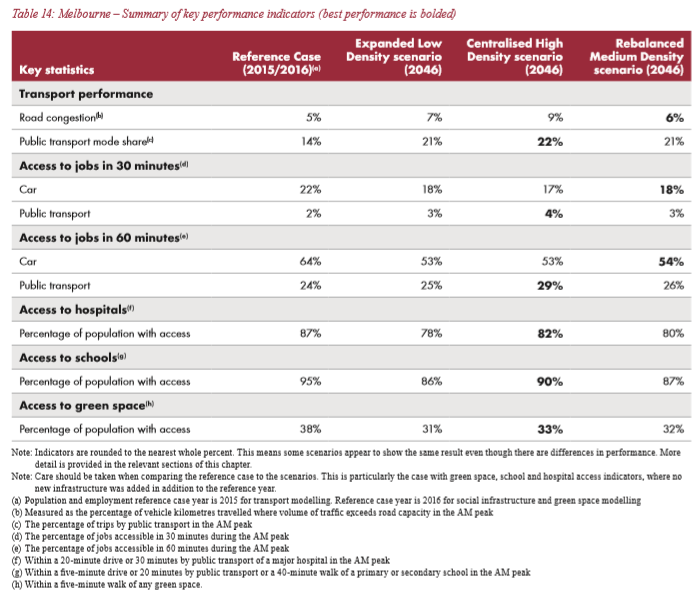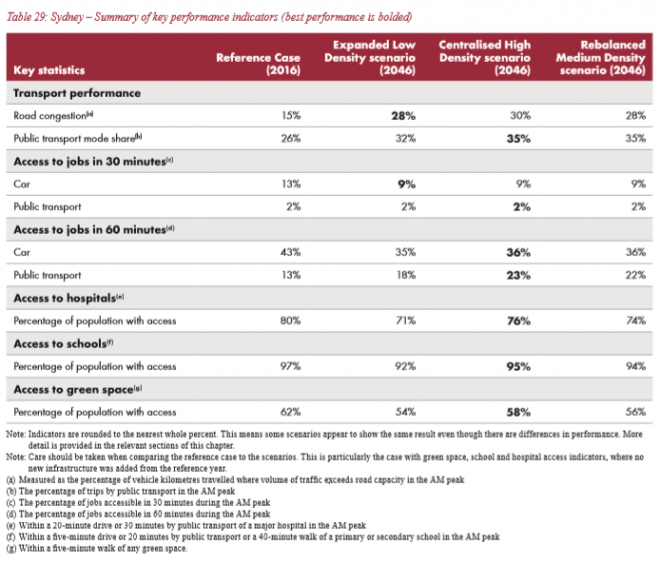Many of us have been hoping in vain that a Shorten-led Labor Government would follow the will of the electorate and lower Australia’s immigration intake back to sensible historical levels:

Sadly, the opposite is true. In February, Labor’s shadow immigration minister, Shayne Neumann, committed to a turbo charged migrant intake:
Mr Neumann said that if Labor wins the next election, their government would take the “best advice” on setting the immigration intake level.
“I have said before 190,000 was about right previously. We will get the best advice and set the level accordingly,” the Shadow Immigration Minister said.
“I haven’t seen any evidence that will justify [cutting down the immigration intake], and the Liberals have never provided us with any evidence with relation to that.“
By “best advice”, Neumann clearly means conflicted mass immigration boosters like the ANU’s demography department, the business lobbies, and the CFMEU.
Over the weekend, Labor leader Bill Shorten gave an interview to The Daily Mail where he ducked and weaved like Mike Tyson when asked about lowering immigration:
Mr Shorten mocked the government’s announcement that it would cap permanent migration at 160,000 for the next four years.
‘They’ve said that they’re going to decrease the immigration intake of permanent citizens by 1.3 per cent,’ he said. ‘Has anyone raised with them that you only took 162,000 last year?
‘We’ve got to make sure that we don’t bring people in when we haven’t got the infrastructure.
‘Immigration’s important because that net population growth is what gives us taxpayers, gives us workers.
‘But we shouldn’t do it in the big city, do it without actually making sure that we’re looking after our own resources first.
‘What we do think though is that we shouldn’t be blaming a couple of thousand migrants for government cuts to hospitals and schools.
‘When you’re sitting in traffic in western Sydney or south eastern suburbs of Melbourne or coming in from Werribee it’s not some refugee on Manus who’s your issue.
‘It’s a government who won’t properly fund infrastructure in Melbourne, or Sydney; it’s a government who won’t properly fund your schools or hospitals.’
There are so many smokescreens here it’s hard to know where to start.
First, Shorten disingenuously paints the immigration issue as being about the few thousand refugees in offshore detention, rather than the hundreds of thousands of economic migrants arriving into Australia every year by plane.
Second, Shorten disingenuously states that “we’ve got to make sure that we don’t bring people in when we haven’t got the infrastructure”, that “we shouldn’t do it in the big city, do it without actually making sure that we’re looking after our own resources first”, and blames a lack of government funding for economic and social infrastructure for the problems.
If Shorten was honest, he’d acknowledge that its the extreme migrant numbers driving the infrastructure bottlenecks that are piling-up across the major cities, as was explicitly noted by Infrastructure Australia in December:
Infrastructure delivery is struggling to keep pace with rapid population growth and change. Our largest cities are ‘playing catch up’ in delivering infrastructure to support population growth…
Communities are increasingly disappointed by their experience of growth. Communities are understandably resistant to growth when they witness development that is poorly designed and not accompanied by commensurate increases in infrastructure. Community trust in governments to deliver infrastructure and services in growing cities is diminishing…
Our infrastructure funding mechanisms have not kept pace with growth. There are limitations with the current funding mechanisms for timely delivery of local and state infrastructure. Funding mechanisms lack consistency and transparency, and vary in their effectiveness as a means of raising revenue…
While the different levels and arms of Australia’s governments increasingly use common population assumptions, information about the available and potential capacity of infrastructure networks is often fragmented, resulting in uncoordinated decision-making and planning.
So according to Infrastructure Australia’s own admission, our federal system of three levels of government and entrenched vertical fiscal imbalances makes it practically impossible to build enough infrastructure to cope with the projected population deluge brought about by the mass immigration ‘Big Australia’ policy.
To overcome the structural impediments, Australia would need a new constitution, a new financial system, a new private sector and a new social compact that allows a centrally planned tyrannical system like China’s. Otherwise we’ll be crush-loaded across all public services.
This is the exact outcome predicted in Infrastructure Australia’s February 2018 modelling, which projected that traffic congestion and access to jobs, schools, hospitals and green space will all worsen as Sydney’s and Melbourne’s populations balloon to a projected 7.4 million and 7.3 million people respectively by 2046:


Worse, under current mass immigration settings, Sydney and Melbourne’s populations are projected by the ABS to balloon to around 10 million each in the next half century, and will each be significantly larger than Australia’s entire population was in 1950 (8.3 million) and only slightly below Australia’s population in 1960 (10.4 million):

To put this volume of population growth into context, consider the following facts:
- It took Sydney roughly 210 years to reach a population of 3.9 million in 2001. Yet the official medium projection by the ABS has Sydney having roughly 2.5 times that number of people in only 65 years.
- It took Melbourne nearly 170 years to reach a population of 3.3 million in 2001. However, the official medium ABS projection has Melbourne’s population tripling that number in only 65 years.
Blind Freddy, but not Labor, can see that the obvious solution to Australia’s intractable infrastructure woes is to cut immigration to levels where infrastructure can keep pace. It’s hardly rocket science.
Moreover, how does Labor propose to fix wages when it continues to flood migrants into the Labor market, and into areas where there are no skills shortages? It can’t.
Finally, for bonafide “evidence” of why immigration should be cut, look no further than the overwhelming majority of recent opinion polls in Australia showing overwhelming support for lowering immigration:
- Australian Population Research Institute: 54% want lower immigration;
- Newspoll: 56% want lower immigration;
- Essential: 54% believe Australia’s population is growing too fast and 64% believe immigration is too high;
- Lowy: 54% of people think the total number of migrants coming to Australia each year is too high;
- Newspoll: 74% of voters support the Coalition Government’s cut of more than 10% to the annual permanent migrant intake to 163,000 last financial year;
- CIS: 65% in the highest income decile and 77% in the lowest believe that immigration should be cut or paused until critical infrastructure has caught up;
- ANU: Only three out of 10 Australians believe the nation needs more people;
- Newspoll: 80% of NSW voters do not want the state’s population to increase.
The sad reality is that under Labor, Australia’s immigration intake will be increased against Australian’s wishes. In addition to maintaining the non-humanitarian intake at 160,000 (from 162,500 in 2018), Labor’s recent national conference also agreed to effectively double Australia’s humanitarian migrant intake from 16,250 currently to 32,000:
Labor leader Bill Shorten has avoided an internal fight over asylum-seeker policy by agreeing to changes that would see Australia gradually expand its annual humanitarian intake to 32,000 people…
The current humanitarian intake is 16,250 and will rise to 18,750 this financial year.
Labor agreed at its last conference to increase this to 27,000 by 2025. The extra 5000 under the community sponsorship plan would take this total to 32,000 over time.
Clearly, the public’s opposition to mass immigration has gone over Labor’s head, which continues to rally behind a ‘Big Australia’.
The phrase “unrepresentative swill” comes to mind.

